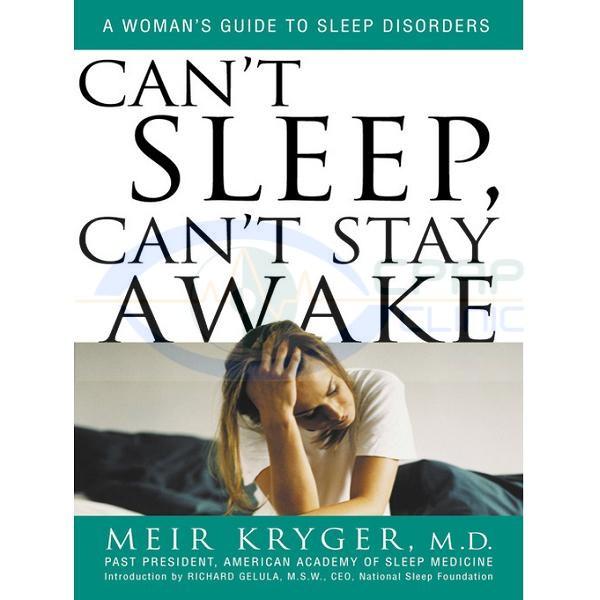

“The biggest challenge in epidemiological studies of napping is how we define and measure naps. The main point that the authors of the editorial make is that there is currently no “gold standard for measuring naps.” However, the authors agree that the study led by Häusler and colleagues offers “some reassurance that the answer is probably more than a simple ‘yes’ or ‘no,’ and that we have much more to learn about napping.” They acknowledged that napping frequency has received insufficient attention from researchers and that daytime napping, in general, is “One of the most common yet understudied sleep behaviors in human beings.”Įntitled To nap or not to nap: more questions than answers, the editorial says that “it remains premature to conclude on the appropriateness of napping for maintaining optimal heart health.” Kristine Yaffe of the University of California, San Francisco, commented on the findings.

In a linked editorial appearing at the time, Yue Leng, Ph.D., and Dr. “Nap frequency may help explain the discrepant findings regarding the association between napping and events.” The benefits were no longer visible for those who napped 6–7 times a week, and the duration of the nap did not seem to make a difference.įirst author Nadine Häusler, Ph.D., from the department of internal medicine at Lausanne University Hospital, in Switzerland and her colleagues, concluded at the time: The analysis revealed that people who napped 1–2 times a week were 48% less likely to have cardiovascular problems, such as heart attack, stroke, or heart failure, after an average of 5 years follow-up than those who did not nap at all. The researchers also accounted for age, hypertension, other heart disease risk factors, and the important variables of overall sleep length and physical activity levels (which were missing from the other studies). The analysis accounted for excessive daytime sleepiness (which may have been the result of a sleeping disorder) or obstructive sleep apnea. The participants reported their napping patterns over the course of a week.Īfter the follow-up period, 155 fatal and non-fatal cardiovascular events occurred.

So, they followed almost 3,500 people who had no history of cardiovascular disease over more than 5 years. The frequency of napping has been insufficiently studied, the authors argued. They suggested that not accounting for the frequency of the naps may explain these mixed results. Medical News Today reported how the authors of a 2019 paper appearing in the journal Heart set out to settle the controversy.


 0 kommentar(er)
0 kommentar(er)
